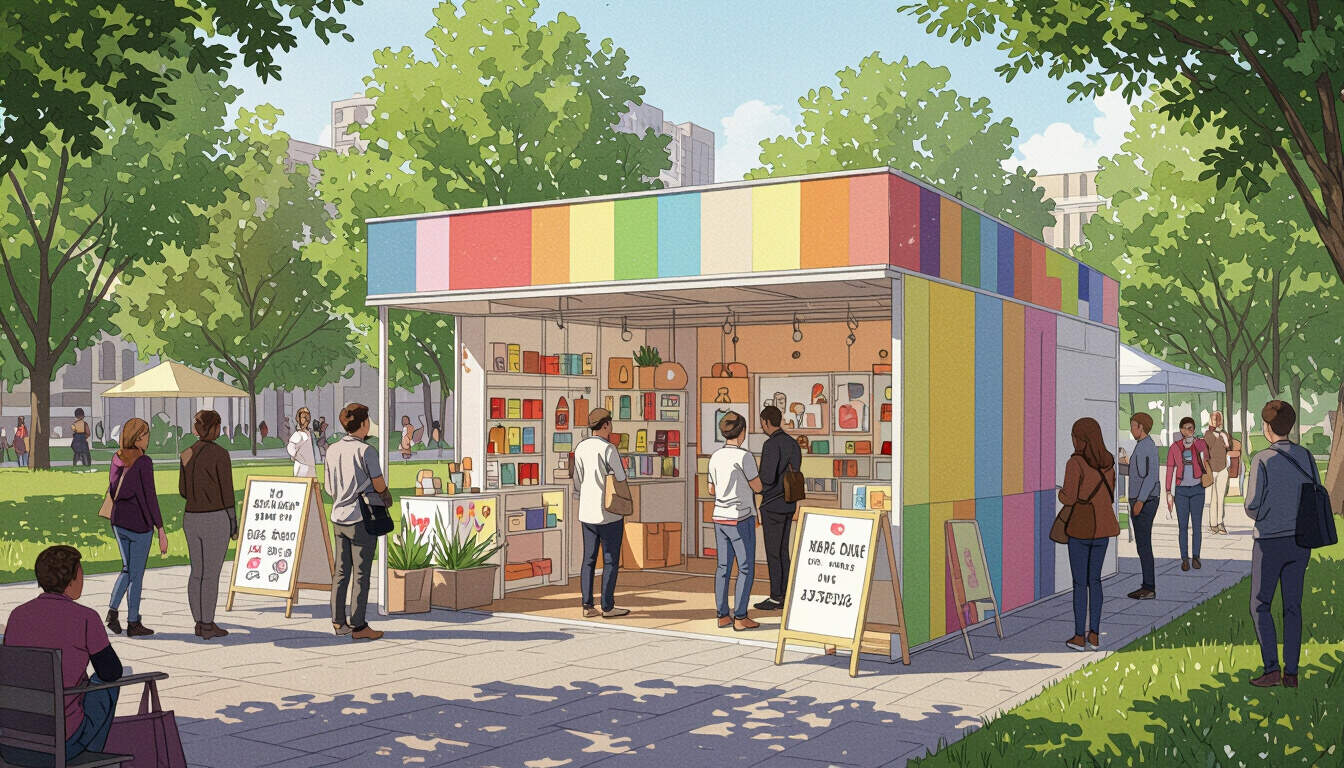Unconventional Pop-Up Shops: Guerrilla PR for Niche Markets
 by Marlene Keeling
by Marlene Keeling
Explore how pop-up shops can transform guerrilla PR efforts in niche markets. This guide offers practical tactics for small businesses to create buzz, engage customers, and grow brands through innovative setups and surprise elements.

Pop-up shops have emerged as a dynamic tool for businesses aiming to capture attention in saturated markets. These temporary retail spaces offer a fresh way to connect with audiences through surprise and creativity.
Why Pop-Up Shops Matter for Niche Markets
In niche sectors, standing out requires ingenuity. Pop-up shops allow brands to test ideas and gather feedback quickly. For instance, a local artisan could set up in a community park, drawing in passersby with handmade displays. This approach fosters direct interaction, building loyalty among targeted groups.
One key advantage is the low cost involved. Guerrilla PR tactics like these minimize expenses while maximizing impact. By choosing unexpected locations, businesses can create memorable experiences that resonate.
Innovative Tactics to Try
When planning a pop-up, focus on originality. Transform a standard event into something unique, such as a themed installation that ties into your brand story. A coffee roaster might collaborate with a local artist to host a sensory experience in an abandoned warehouse.
Consider timing and placement carefully. Hosting during local festivals or off-peak hours can amplify reach. Pop-up shops in non-traditional spots, like rooftops or markets, often generate social media shares, extending your reach organically.
Here are some steps to get started:
- Scout locations that align with your audience's interests.
- Develop interactive elements, such as product demos or workshops.
- Promote through word-of-mouth and simple social posts to maintain surprise.
Real-World Examples
Take a craft brewery that used a pop-up in a city square to introduce new flavors. By offering free samples and live music, they attracted a crowd and sparked conversations. This not only boosted sales but also created user-generated content, enhancing their online presence.
Another example involves a fashion startup targeting eco-conscious consumers. They set up in a botanical garden, using sustainable materials for displays. Niche markets like this thrive on authenticity, and the event led to partnerships with influencers.
Measuring Success and Iterating
To ensure your efforts pay off, track metrics such as foot traffic, engagement rates, and conversion data. Use simple tools like surveys to gather insights from visitors.
After the event, analyze what worked and refine future plans. A pop-up might evolve into a series, keeping your brand top-of-mind.
Building Long-Term Brand Growth
Ultimately, these tactics help establish a narrative around your business. By consistently delivering value through pop-up experiences, you can turn one-time visitors into loyal advocates. For entrepreneurs, this means sustained growth without heavy advertising.
In closing, embracing pop-up shops as part of your strategy offers endless possibilities. With creativity and planning, they can become a cornerstone of your marketing approach, driving innovation and connection in niche sectors.
